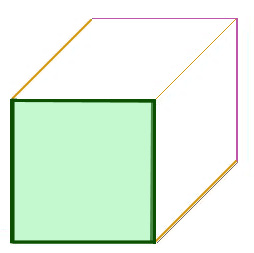What
are the reasons to protect an altered place?
Two views of wilderness: Nash on Alaska & Pollan, on the Garden;
Nash. pp. 272-315, Pollan, pp. 104-127.
Our Common Threat: ecological consequences of global warming.
Siry,
Global warming handout and
Marshes, pp. 3-11, (Corals & Mangroves).
Air and water pollution are affecting natural
areas, remote places, and wildlife in disturbing, degrading, and even damaging
ways:
Climate change or global
warming and cooling (drying and flooding)
Demographic pressure,
deforestation and desertification
Endocrine disruption of
endangered species
Fire suppression
Ground subsidence
Habitat loss, fragmentation,
and acidification of the watershed
Intrusions (roadless area
rule of the USFS: United States Forest Service)
Consumption and population have an impact (ecological
footprint) on natural systems out of all proportion to what we can perceive or
even measure at any given time.
Wilderness is like a box:
conserve
use
subsistence preserve
Net primary productivity
The scientific need for less disturbed ecological systems makes wilderness important as a place to compare natural areas to one another in terms of primary productivity. That is to compare and contrast the efficiency of turning sunlight into living matter; what biologists call, biomass:
![]()
| Energy | comparative measures of solar productivity | |||
|---|---|---|---|---|
Kilocalories * |
≤ 800 |
≤ 2400 |
3000 |
≥
8800 |
| Biome | Desert |
Grassland |
Corn
field |
Coastal
marsh |
Kilocalories per meter squared per
annum = kcal/m2/yr
![]()
"Fateful power to change or destroy nature."
Rachel Carson

